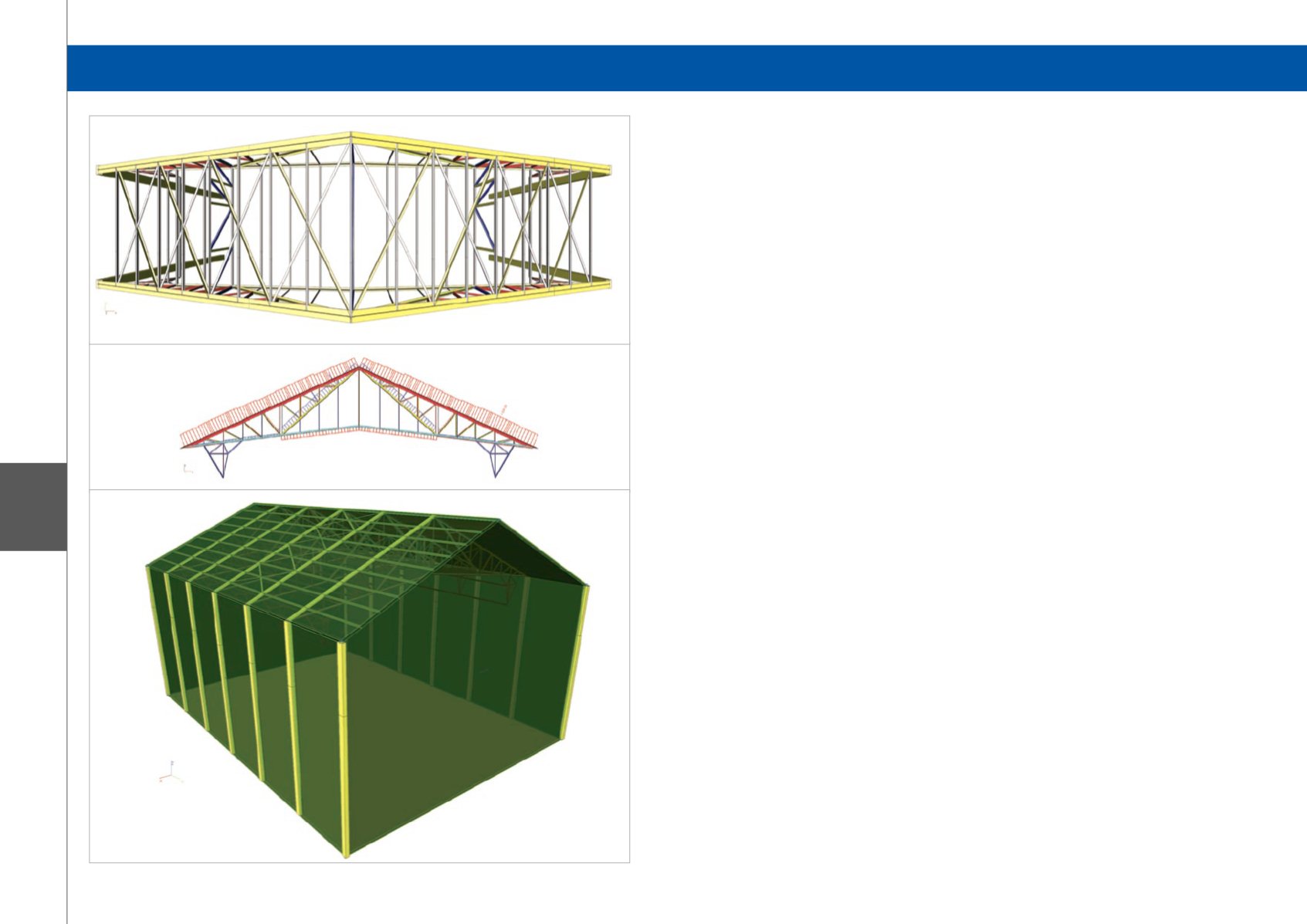
266
X4
Category 4: Special Projects
General information
Cinema theatre ‘Roma’ is a social monument from
1928, constructed in a typical Art Deco style by Alfons
Pauwels. Its hall has a capacity of over 2,000 seats and
is suitable for multifunctional use. During the venue’s
first decades (1930-1955), its captivating architecture
achieved great popularity and put Antwerp on the
European map as ‘the place to be’ for film lovers.
After the theatre’s closure in 1982, the building became
subject to decay and vandalism with the result that it
became a real eyesore in the neighbourhood.
In 2002, after 20 years of inactivity, local association
Rataplan decided to restore the building to its former
glory. Following the help and efforts of hundreds of
volunteers and material support from local companies,
cinema theatre Roma reopened in 2003.
However, in order to meet the current standards and
comfort requirements of a modern cinema theatre, it
has become necessary to make a few adjustments. The
roof covering has to be renewed with the integration
of heavier safety glass, while the stucco ceiling needs
an insulation layer, and a theatre bridge (for fixing
spotlights) has to be positioned beneath the truss
structure. Moreover, there is an interesting challenge
where the use of renewable energy sources, in
particular the installation of solar panels, is concerned.
The adjustments will require additional loads on the
historic roof structure.
Based upon the outcome of the recalculation, it will be
clear if the original truss structure is suitable to bear the
increased load. If this is not the case, an appropriate
renovation proposal will be necessary.
Structural concept
The building is designed as a reinforced concrete
skeleton structure with bracing brick masonry. The
span of the hall (25 m) is realised with a series of steel
trusses, which are embedded with their endpoints in the
concrete columns. With a length of about 27.5 m, this
steel structure consists of 5 Polonceau trusses with a
distance between each truss of approximately 5.5 m.
Each single truss is composed of combined profiles
(rectangular, L or I-section) which are interconnected
with bolts or rivets. One single rivet connection can be
considered as an internal hinge, but whenever multiple
rivets are applied in one node, they are modelled as a
rigid connection. In the longitudinal direction, I-beams
are embedded into a brick wall. It is hard to tell whether
the support is a hinge or a fixed connection. We chose
a hinge as boundary condition because this is a safe
assumption.
Loading scheme
Eurocode 1 determines the permanent loads:
• Self weight of the steel structure
• Self weight of roof finishes
• Self weight of windows
• Self weight of the white stucco ceiling
• Self weight of theatre bridges
Eurocode 1 was used to determine the variable loads:
• Snow
• Wind
• Service loads
The complete analysis was carried out according to
current European standards: Eurocodes EN1990,
EN1991 and EN1993.
Results
Using the most unfavourable load combination, the
compression forces in the upper and lower rafters
become too large, with buckling as a result. As a
consequence, the steel structure will fail. However, the
roof trusses remain intact. Presumably, this is due to
the strict safety factors of Eurocode 1 or the fact that
the most unfavourable load combination has never
occurred.
After a recalculation of the additional loads, it is obvious
that the structure has to be reinforced. According to
our restoration philosophy, it is essential to preserve
the maximum amount of authentic material and to
maintain the original geometry. By adding mass to the
intermediate sections, the outer rafters will no longer be
subject to buckling.
Master Thesis student: Yves Govaerts
Restoration Study Roof Trusses Cinema Roma - Antwerpen, Belgium
Software: Scia Engineer


